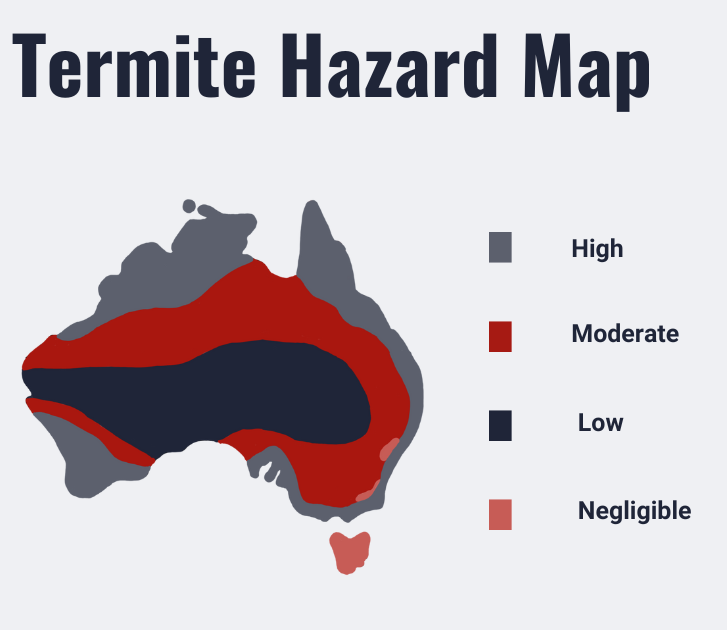ABOUT TERMITES
Spotting Termite Damage and Key Facts
TYPES OF TERMITES
Termites can be categorised into three main types: dampwood, drywood, and subterranean. Among these, subterranean termites pose the greatest threat to the structural integrity of buildings, making them a significant risk to your most valuable investment – your home.
FEEDING HABITS
Termites thrive on cellulose found in all plant materials. While not all termites feed on wood, those that do may target your home for sustenance. They travel through soil from nests possibly hundreds of metres away, building mud tunnels to access your house. Remarkably, they can navigate cracks as thin as paper.
WHAT DO TERMITES LOOK LIKE?
Differentiating termites from ants is essential. Termites have tube-like bodies and straight antennae, while ants have segmented bodies with narrow waists and bent antennae. Termites are usually white or light brown, whereas ants are darker.
LIFECYCLE OF A TERMITE
Termites' destructive capability stems partly from the specialised roles within their colonies. Their life cycle commences with eggs, progressing to larvae upon hatching. These larvae then develop into termite nymphs, which can further mature into three distinct castes: workers, soldiers, or reproductive termites (including the king and queen).

DON'T WAIT UNTIL IT IS TOO LATE!
Typically, homeowners are unaware of termite presence until significant damage has already occurred. These pests can devour wooden structures within the home, including gyprock and plasterboard walls, often leaving behind only a thin layer of paint. Regrettably, by the time their presence is detected, they have usually infested the entire home, regardless of its construction.
EARLY SIGNS OF TERMITE DAMAGE
Noises in the Walls
Discarded Wings
Ill-fitting Doors and Windows
Tunnels in Wood
Hollow Sounding Walls
Frass (termite droppings)
Cracks in Wood or paint
HOW LONG DOES IT TAKE TO CAUSE DAMAGE?
Colonies take 2 to 5 years to cause significant damage and can range from 60,000 to 2 million termites. Initially, a queen lays 10-20 eggs daily, but as the colony matures, she can lay up to 1,000 eggs per day, and in some species, up to 40,000 eggs daily. Thus, the rate of damage increases as the infestation ages.
STEEL FRAMES ARE NOT IMMUNE
Even steel-framed houses are not immune from termite attack. The termites can still get in and destroy wooden roof trusses, furniture and wood trim such as architraves. Some species of timber are resistant to termites, but none is entirely ‘termite-proof’.
Termite Distribution
While the coastal regions and northern areas are typically considered the most susceptible regions for subterranean termite infestation, species known for damaging timber can be found across mainland Australia. In reality, any structure containing wood is vulnerable to subterranean termite infestation, whether it's located in the bustling city center, suburban neighborhoods, or rural areas – unless appropriate protective measures are implemented.

.png)